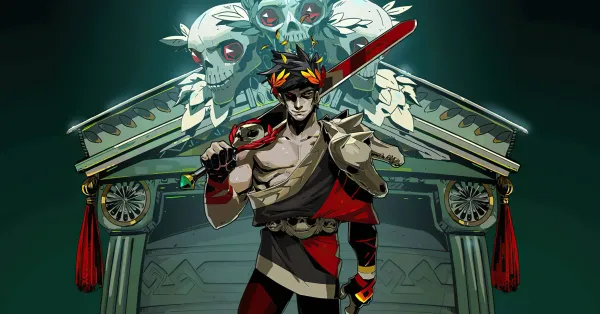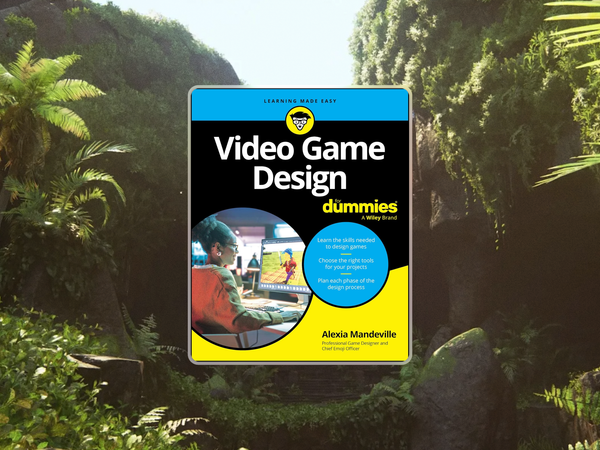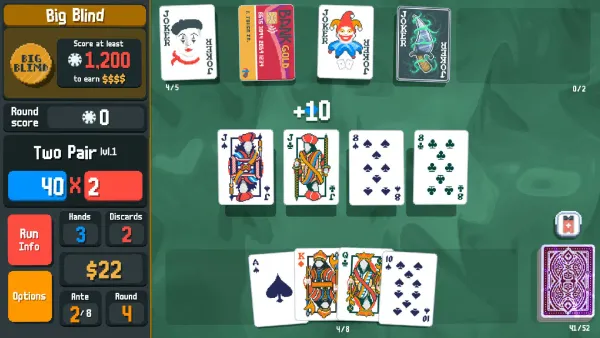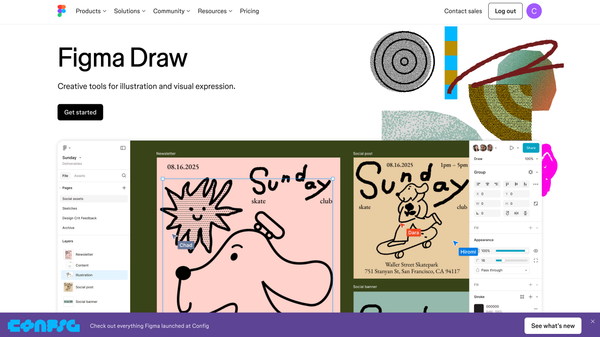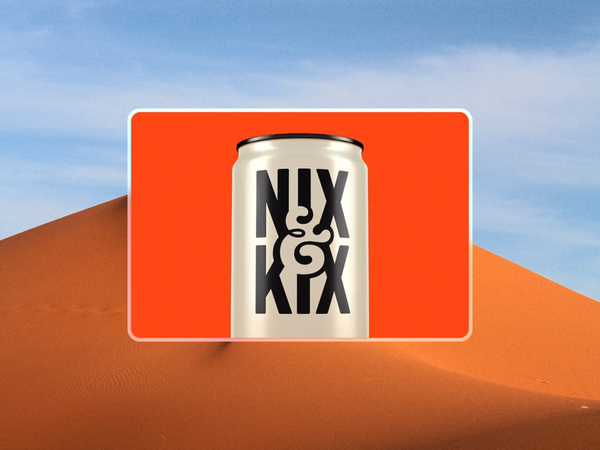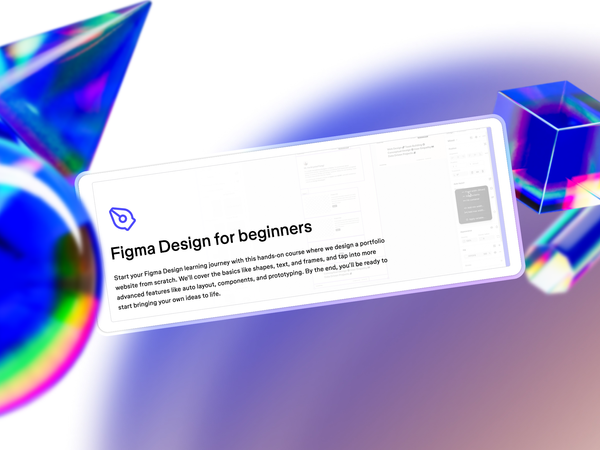Roguelites are a weird genre.
You die, a lot (obviously). Most of your runs will be short. Progress can feel incredibly slow. And yet, we keep diving back in.
It’s not because we secretly enjoy punishment, but because something in their design just works. Something makes hitting "start new run" feel like the only logical next step.
We’ve spent some time looking at what makes the best roguelites tick—and why others just don't quite land. This isn't another "top 10 games" list.
It's about the design choices and mechanics that keep us hooked.
The Core Loop Has to Be Fun, Period

Before you even get to the unlocks, the meta-progression, or any flashy systems – is the basic act of playing the game enjoyable? If the moment-to-moment gameplay is a chore, no amount of fancy progression trees can save it.
- Think: Spelunky or Vampire Survivors.
- Even if you stripped Spelunky down to its bones, the platforming, the physics, the inherent tension of exploring – it’s still a blast.
- Vampire Survivors has such a simple, satisfying loop that you’re often too busy mowing down enemies to care that you’re probably about to die.
A strong roguelite feels good to play from the jump. Progression adds layers and replayability, but it shouldn’t be propping up a weak foundation.
Variety Isn't Just Randomness. It's About Meaningful Choices

It’s easy to confuse just throwing random elements at the player with true variety. But the best roguelites don't just roll the dice; they present you with interesting decisions.
If every run feels like you’re making the same choices, or if new items don’t genuinely encourage different playstyles, the game gets stale fast.
- Think: Hades.
- The same weapon in Hades can feel completely different based on the Boons you pick up. A standard spear can transform into a rapid-fire dash-attack machine or a ranged explosive powerhouse. That’s the kind of dynamic shift that keeps things fresh.
Players want to adapt and experiment. When each run holds the potential for a genuinely new experience or build, the game earns its longevity.
Let Players Own Their Mistakes

Randomness is a core part of the genre, but it shouldn't be an excuse for unfair deaths. A well-designed roguelite ensures that when you fail, it usually feels like a learning opportunity, not like the game just decided you lose.
- Think: Slay the Spire.
- Card draw is random, sure, but you’re the one building your deck, choosing your path, and deciding when to play which card. If you lose, you can usually look back and see a decision, or a series of decisions, that led to that outcome. That’s why it feels fair, and why you’re willing to try again.
Design should encourage players to analyze their runs. If the main takeaway from a death is "well, that was unavoidable," players are less likely to stick around.
Meta Progression Should Spark Curiosity

When a run ends, something usually carries over – resources, new unlocks, characters. The best roguelites make these unlocks more than just simple stat increases. They should open up new ways to play.
- Think: Dead Cells.
- Unlocking a new weapon or skill in Dead Cells isn't just about getting stronger; it’s an invitation to experiment. Maybe you get a new ranged weapon that encourages a completely different approach, or a utility item that enables new synergies.
That feeling of "I wonder what this new thing does?" or "How can I combine X with Y?" is a powerful motivator.
Clarity and Feedback Are Crucial

When there’s a lot happening on screen – projectiles flying, enemies swarming – players need to be able to understand what's going on. Clear visual cues, distinct sound effects, and responsive feedback are essential.
- Think: Enter the Gungeon.
- It’s a chaotic game, but generally, you can track bullets, enemy attack patterns are learnable, and hitboxes feel consistent. It’s overwhelming, but it’s readable.
This is an area where some roguelites can struggle. If players die and aren't sure why, that's a design issue. Games in this genre need strong feedback systems that help players learn and improve.
Synergies Should Feel Earned and Surprising

One of the magic moments in a good roguelite is when a few seemingly ordinary items or upgrades combine to create something unexpectedly powerful. That sense of discovery, of crafting a "broken" build from disparate parts, is incredibly satisfying.
- Think: Risk of Rain 2.
- You pick up a few items here and there, and suddenly, mid-run, you realize you’re melting everything on screen. It often doesn’t feel like you meticulously planned it, but more like the game’s systems allowed for these wild combinations to emerge.
This freedom to experiment and stumble upon powerful interactions makes each run feel unique and keeps the game from feeling solved.
Respect the Player’s Time

Generally, shorter, more focused runs work well in this genre. It’s not just about pacing, but also about minimizing frustration. Spending a very long time on a single run only to lose to a bit of bad luck late-game can lead to burnout.
- Think: Slay the Spire or Vampire Survivors again.
- Runs in Slay the Spire usually clock in under an hour. Vampire Survivors runs are even shorter. The faster a player can get back into the action after a loss, the more likely they are to go for "just one more run."
Longer runs can work, but they need to justify the time investment by ensuring each stage consistently builds tension and offers fresh challenges.
Don’t Just Let Players Win—Make Them Learn
At its heart, the roguelite genre is about mastery through repetition. It’s about failing, understanding why you failed, and adjusting your strategy.
The best roguelites teach players over time, not through explicit tutorials, but through their inherent design.
After dying to the same boss or enemy type a few times, you start to notice patterns. You become more patient. You learn to anticipate attacks.
That gradual learning curve is satisfying because it feels earned. That "aha!" moment, when you finally overcome a challenge you’ve struggled with, is what truly separates a good roguelite from a forgettable one.
The roguelite space is definitely crowded. But the games that stand out do so not just because of a cool art style or a clever premise.
They succeed because their design is smart and respects the player. They know how to reward clever play, punish recklessness, and make experimentation consistently engaging.
When the core gameplay is solid, the feedback is clear, and the choices genuinely matter—that’s a roguelite worth dying in, again and again.
And chances are, you’ll hit "restart" without a second thought.


